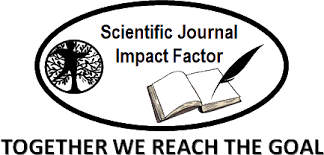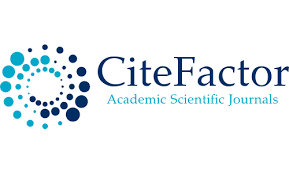Metaphor and metonymy in literature.
Keywords:
language, style, literature, figure of speech occasionalismAbstract
This article is selected examples of metonymy from metaphor and from literalness and anomaly in short English sentences. In the method, literalness is distinguished because it satisfies contextual constraints that the nonliteral others all violate. Metonymy is discriminated from metaphor and anomaly in a way that [1] supports Lakoff and Johnson's (1980) view that in metonymy one entity stands for another whereas in metaphor one entity is viewed as another.
References
J.K. Rowling. Harry Potter and the Chamber of Secrets. United Kingdom: Bloomsbury, 1998. – р. 110-111
Translator Sh. Dolimov , Harry Potter and the Chamber of Secrets / “Harry Potter” Part II of the series of novels / A series of jewels of world literature. Joanna Kathleen Rowling ,– Tashkent, Smart Reader, 2021. – page174.
J.K. Rowling. Harry Potter and Philosopher’s Stone. United Kingdom: Bloomsbury, 1997. – р.53
Translator Sh. Dolimov , Harry Potter and the Chamber of Secrets / “Harry Potter” Part I of the series of novels / A series of jewels of world literature. Joanna Kathleen Rowling ,– Tashkent, Literary sparks, 2018. - p. 77.
J.K. Rowling. Harry Potter and Philosopher’s Stone. United Kingdom: Bloomsbury, 1997. – р.131
Translator Sh. Dolimov , Harry Potter and the Chamber of Secrets / “Harry Potter” Part I of the series of novels / A series of jewels of world literature. Joanna Kathleen Rowling ,– Tashkent, Literary sparks, 2018. - p. 77
Downloads
Published
Issue
Section
License

This work is licensed under a Creative Commons Attribution-NonCommercial 4.0 International License.
User Rights
Under the Creative Commons Attribution-NonCommercial 4.0 International (CC-BY-NC), the author (s) and users are free to share (copy, distribute and transmit the contribution).
Rights of Authors
Authors retain the following rights:
1. Copyright and other proprietary rights relating to the article, such as patent rights,
2. the right to use the substance of the article in future works, including lectures and books,
3. the right to reproduce the article for own purposes, provided the copies are not offered for sale,
4. the right to self-archive the article.












